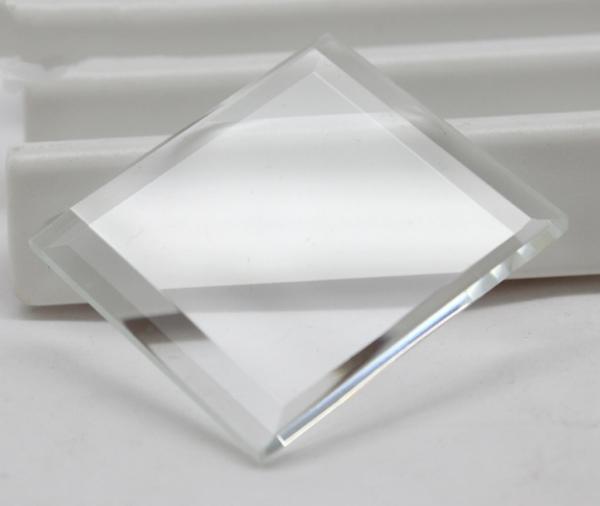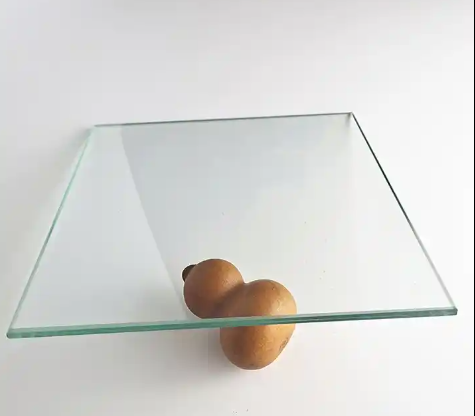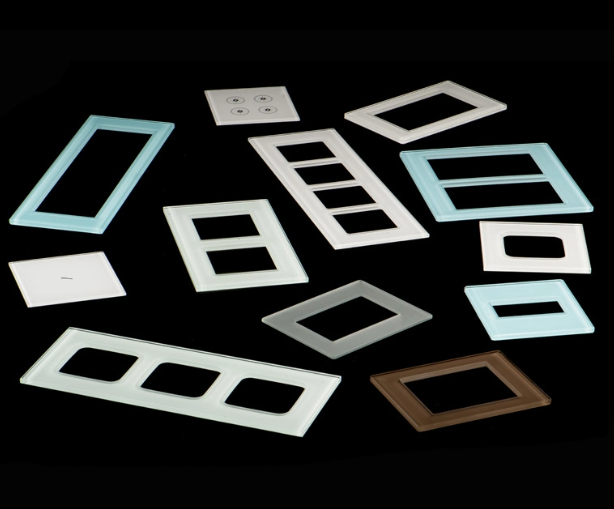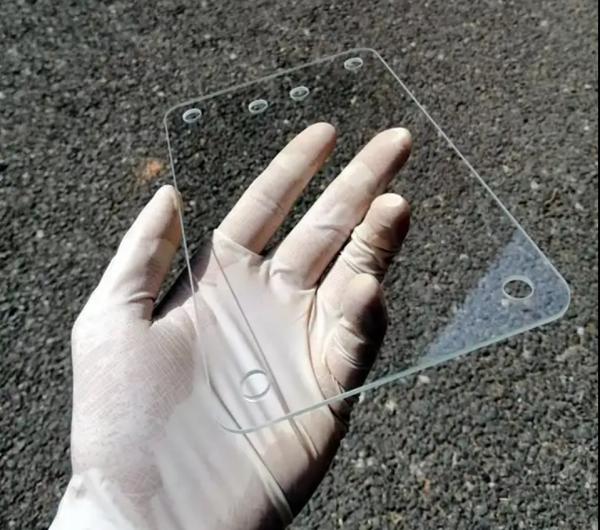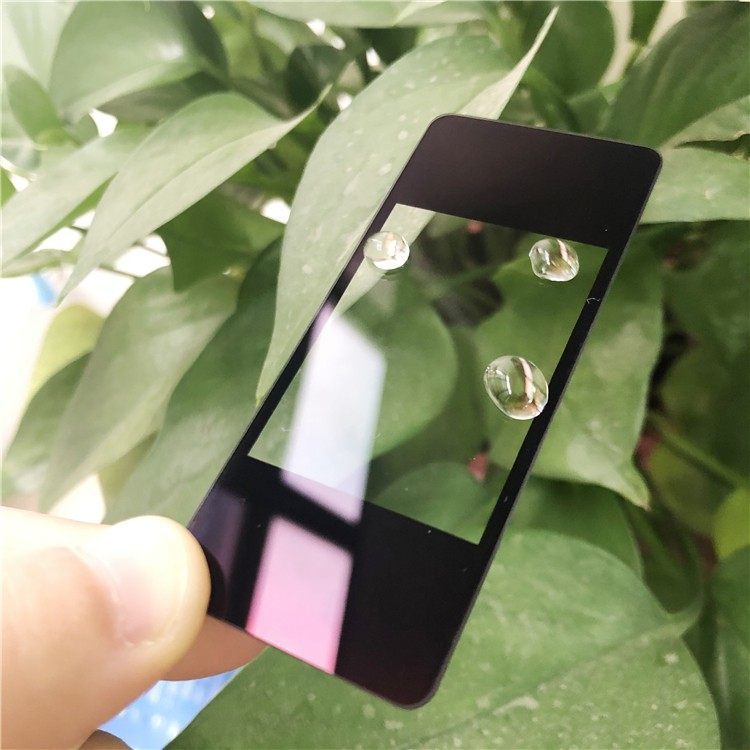
The manufacturing of AF Glass (Anti-Fingerprint Glass) is undergoing a transformation, with growing environmental concerns driving the demand for eco-friendly production processes. This article explores the advancements in making AF Glass that not only meet industry standards for durability and clarity but also align with sustainability goals.
The Environmental Imperative in AF Glass Production
Overview of AF Glass Manufacturing
Traditional manufacturing processes for AF Glass have often involved the use of chemicals and techniques that could be harmful to the environment. In response, the industry is shifting towards more sustainable practices that reduce the ecological footprint.
Key Elements of Eco-Friendly Manufacturing
Eco-friendly AF Glass manufacturing focuses on minimizing waste, reducing toxic emissions, conserving energy, and using sustainable materials. These elements are essential for creating a greener production line.
Innovations in Sustainable AF Glass Manufacturing
Advancements in Green Materials for AF Coatings
The search for sustainable materials has led to the development of new eco-friendly coatings. These coatings are derived from organic compounds or engineered to be less harmful to the environment while maintaining the performance of traditional AF coatings.
Energy-Efficient Production Techniques
Energy consumption is a significant concern in glass manufacturing. Innovations in this area include the use of renewable energy sources and improved production methods that require less energy, such as low-temperature processes.
Challenges and Solutions in Eco-Friendly AF Glass Production
Balancing Cost and Sustainability
One of the primary challenges is the cost associated with eco-friendly production. Research into cost-effective sustainable materials and processes is crucial for the wider adoption of these practices.
Meeting Performance Standards with Sustainable Practices
Ensuring that eco-friendly AF Glass meets the same performance standards as traditional glass is essential. This involves rigorous testing and refinement of sustainable materials and manufacturing methods.
The Role of Regulations and Industry Standards in AF Glass Manufacturing
Impact of Environmental Regulations
Environmental regulations are becoming stricter, pushing manufacturers to adopt greener practices. Compliance with these regulations not only benefits the environment but also helps companies stay competitive.
Certification and Eco-Labels for AF Glass
Eco-labels and certifications play a significant role in promoting sustainable products. AF Glass that meets certain environmental standards can obtain certifications, providing an advantage in the eco-conscious market.
Case Studies of Eco-Friendly AF Glass Production
Success Stories in the Industry
Several companies have successfully implemented eco-friendly AF Glass production lines, demonstrating that sustainable manufacturing is achievable and profitable.
Lessons Learned from Pioneering Companies
These success stories provide valuable insights into best practices in the industry, including the use of lifecycle assessments to identify areas for improvement in environmental impact.
FAQ
Q1: What are the main benefits of eco-friendly AF Glass manufacturing?
A1: The benefits include reduced environmental impact, compliance with regulations, potential cost savings in the long term, and catering to a growing market of environmentally conscious consumers.
Q2: Can eco-friendly AF Glass coatings match the performance of traditional coatings?
A2: Yes, with ongoing research and development, eco-friendly coatings are designed to meet or even exceed the performance of traditional AF coatings.
Q3: Are there any incentives for manufacturers to switch to eco-friendly processes?
A3: Incentives can include tax breaks, subsidies, or grants from governments, as well as the opportunity to appeal to a market segment that values sustainability.
Q4: How do consumers know if an AF Glass product is manufactured sustainably?
A4: Consumers can look for eco-labels or certifications on products that indicate compliance with environmental standards.
Q5: What is the future outlook for eco-friendly AF Glass manufacturing?
A5: The future is promising, with increasing investment in R&D and a strong push from both regulatory bodies and the market towards more sustainable manufacturing practices.

